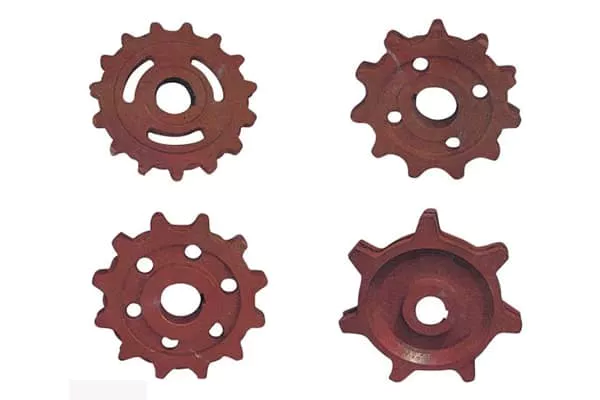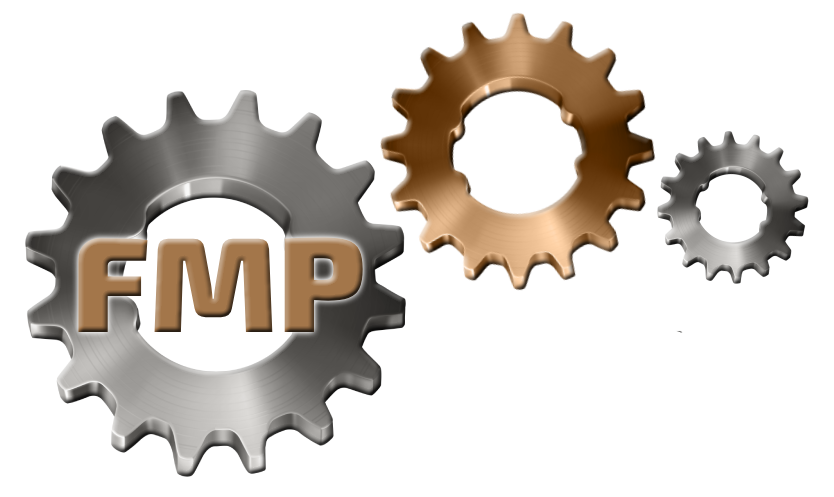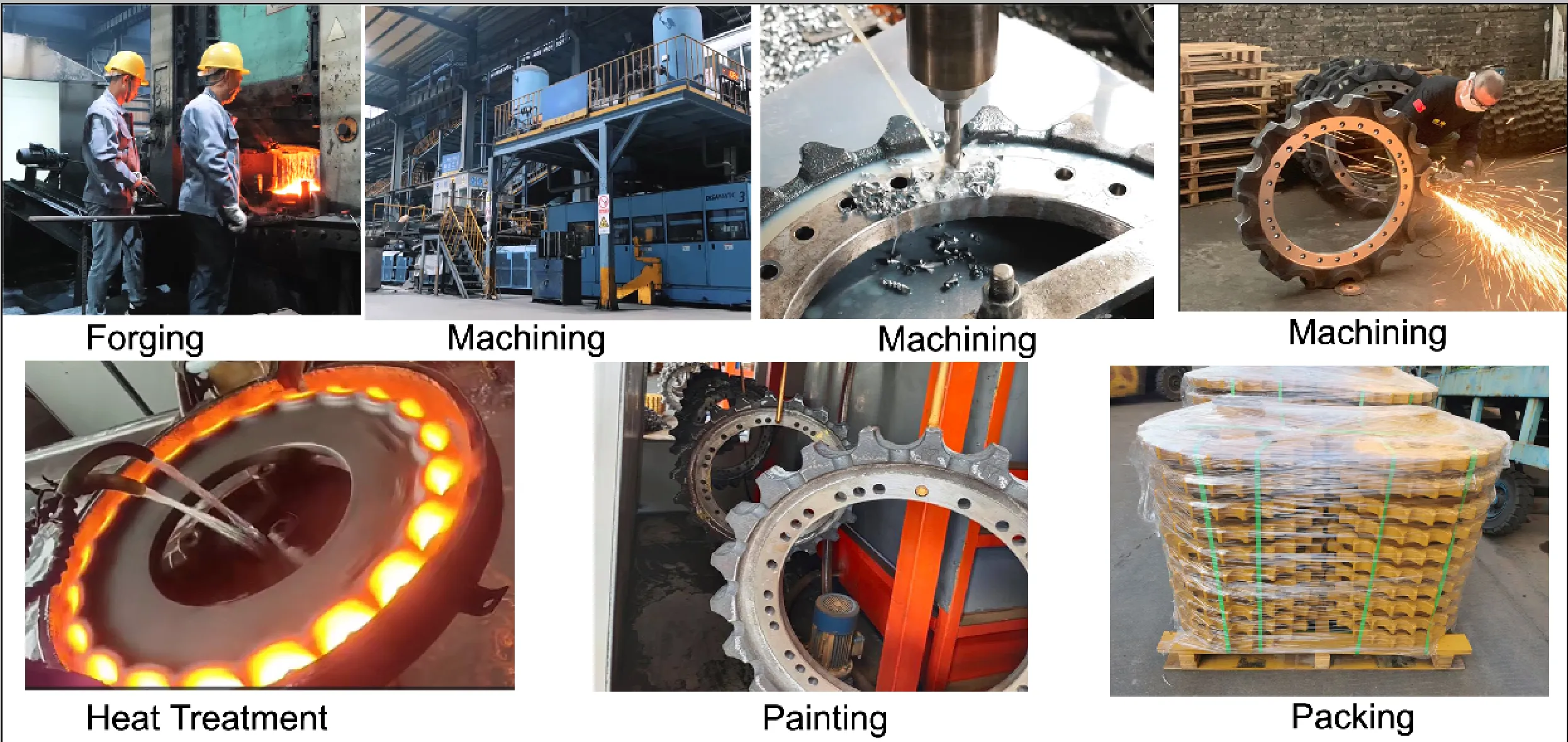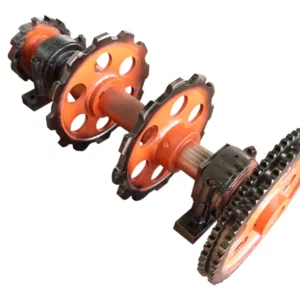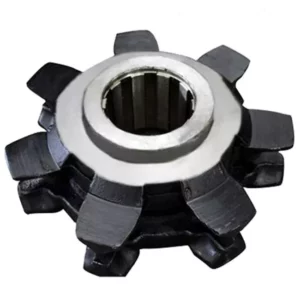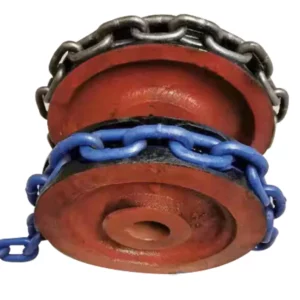Boiler Sprocket for Fire Grate Slag Remover
Our Boiler Sprocket for fire grate slag removal plays a vital role in driving the chain links that transport coal to the boiler. As a crucial component of the boiler auxiliary system, it ensures smooth and efficient operation. This sprocket is designed with advanced technology to withstand high temperatures and friction, making it durable and reliable. Its user-friendly design allows for easy replacement, minimizing downtime and maintenance costs.
The sprocket is manufactured using three types of high-quality raw materials: cast steel, tinplate iron, and cast iron. This variety of materials ensures the sprocket meets the diverse needs of our global clientele. The specifications for the sprocket range from sizes 9, 11, 12, 13, 15, 16, to 18, with the added flexibility of custom manufacturing according to specific customer requirements.
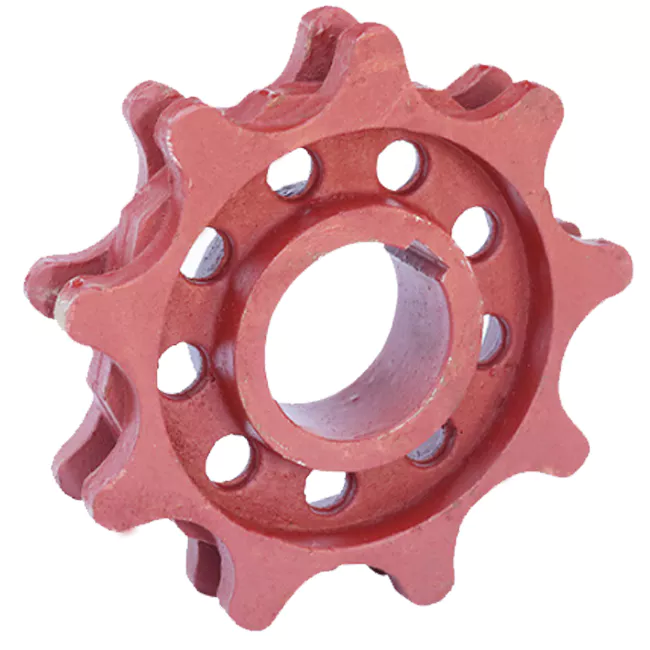
Characteristics of Boiler Sprockets and Parts:
- High Dimensional Accuracy: Ensures precision fit for optimal performance.
- Excellent Surface Finish: Provides smooth operation and increased durability.
- Wide Range of Complex Alloy Castings: Capable of producing various boiler components to meet specific needs.
- Advanced Casting Techniques: Utilizing “lost wax casting” or “investment casting,” which involves a multi-layer refractory mold to produce precise and intricate parts.
We also manufacture a range of other essential boiler components, such as circulating fluidized bed boiler covers, air inlet pipes, wear-resistant protective bricks, support sleeves for 300 MW circulating fluidized bed boilers, arc plates, connecting pipes, slotted separators, blind plates, hooks, and blades. All products are crafted to meet the highest standards of quality and performance for the most demanding industrial applications.
Selection of Boiler Sprocket Materials
The material chosen for the sprocket must ensure that the gear teeth possess adequate strength and wear resistance. Typically, the sprocket’s tooth surface undergoes heat treatment to achieve the required hardness for optimal performance and durability.
For boiler accessories, both the large and small chain sprockets are typically made from high-quality carbon structural steel, which is stamped to form the sprockets.
This brief overview from Ningsen Machinery highlights the key features of casting boiler sprockets used in boiler systems, aiming to provide valuable insights into their selection and maintenance.
Routine Maintenance of Boiler Grate Sprocket
The seamless operation of boiler sprockets is crucial for the overall efficiency and success of industries that rely on industrial boiler systems. To ensure the boiler system operates at peak performance and to extend its service life, regular maintenance is essential. Daily maintenance plays a vital role in preventing issues that could lead to costly downtime and safety hazards.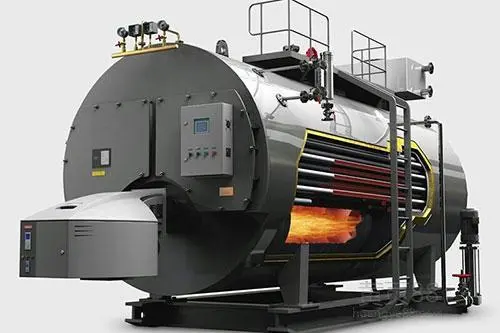
Proper maintenance helps prevent the buildup of soot and scale, which can significantly impact the efficiency of industrial boilers. Failures in the system can be dangerous, leading to reduced productivity, loss of revenue, and even catastrophic incidents such as explosions. Routine checks ensure the safety of workers and the longevity of the equipment.
Key Maintenance Steps for Boiler Sprockets and Systems:
- Check Water Edge and Components: Regular inspections of the water components in the industrial boiler system are crucial. Mineral scale buildup can reduce the efficiency of the boiler, causing blockages that may impair the system’s ability to produce steam effectively. Evaluate the pipes, furnace area, and gasket sealing surfaces. If needed, seek professional assistance for detailed inspections.
- Inspect Furnace Edges and Burners: The furnace edges and burners should be checked for any issues that may decrease boiler efficiency, such as leaks or soot accumulation. Also, inspect dampers, electrodes, fins, hoses, scanners, and diffusers for signs of blockage or erosion. Worn or damaged parts should be replaced promptly to optimize the combustion process and enhance overall boiler efficiency.
- Analysis of Control Measures: Regular analysis of control measures is essential for the safe operation of the boiler. Ensure that the water level is maintained correctly and that there are no signs of cracking or erosion. Factory personnel should carefully examine the equipment’s output and monitor control readings. If any readings are inaccurate, it may indicate a deeper issue that requires professional assistance.
- Visual Inspection for Cracks: Conduct regular visual inspections for any signs of cracks, even minor ones. Cracks can significantly reduce the efficiency of the boiler and place undue stress on internal components. This can lead to higher operational costs for water and electricity. If cracks are found, ensure that high-quality repair agents are used during maintenance to prevent future issues.
- Daily Maintenance and Inspection: Even if the boiler appears to be operating normally, daily inspections are critical for identifying early signs of damage such as leaks, cracks, or loose components. Neglecting these small details can result in reduced boiler efficiency and a higher risk of equipment failure. Routine checks can also help optimize fuel and energy use, minimizing costs while maintaining productivity levels.
In addition to daily checks, monthly maintenance from reliable manufacturers will ensure the long-term performance of the boiler system. The maintenance plan should consider the frequency, duration, and operational demands of the system to ensure continuous, efficient performance.
By adhering to these best practices, industries can ensure their boiler systems operate efficiently, safely, and with a prolonged service life.
